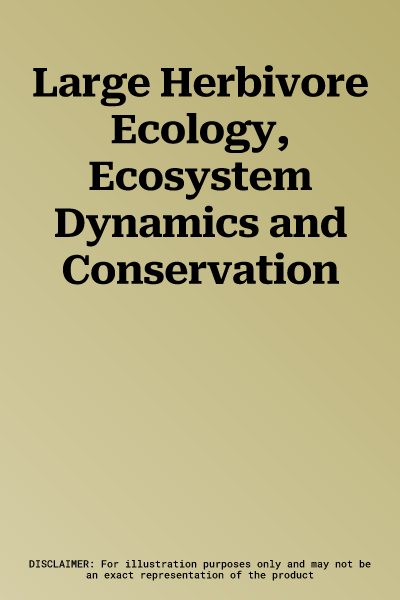Large Herbivore Ecology, Ecosystem Dynamics and ConservationHardcover, 12 June 2006

Temporarily out of stock
Free Delivery
Cash on Delivery
15 Days
Free Returns
Secure Checkout

Part of Series
Conservation Biology
Part of Series
Conservation Biology (Hardcover)
Part of Series
Conservation Biology Series (Cambridge, England)
Print Length
522 pages
Language
English
Publisher
Cambridge University Press
Date Published
12 Jun 2006
ISBN-10
0521830052
ISBN-13
9780521830058
Description
Product Details
Book Format:
Hardcover
Date Published:
12 June 2006
Dimensions:
22.81 x
15.19 x
2.79 cm
ISBN-10:
0521830052
ISBN-13:
9780521830058
Language:
English
Location:
Cambridge
Pages:
522
Publisher:
Series:
Weight:
957.08 gm